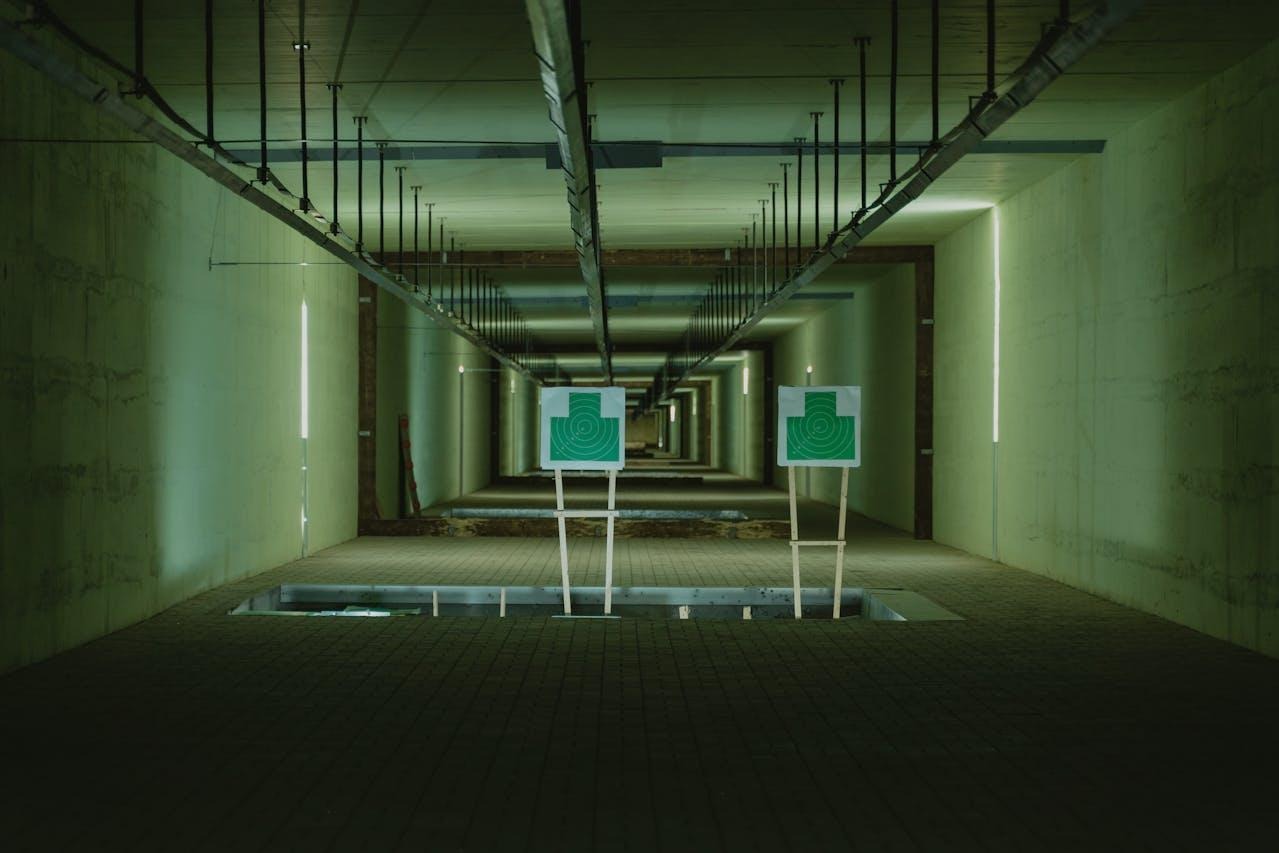Tactical Gear Beginner Tips for Real-World Situations

Ever bought something that looked cool online but made zero sense once you tried using it? That’s the reality for a lot of people new to tactical gear. From bulky holsters to rails you’ll never mount anything on, first-time buyers often get lost in the hype. The gear looks sharp, sure. But how does it perform when the lights go out or when you actually need to move fast with it on?
In recent years, the line between recreational gear and real-world readiness has blurred. Whether it’s because of rising interest in home defense, increased civilian firearm ownership, or a greater focus on emergency prep, tactical gear has gone mainstream. And while social media loves showing off high-speed setups, everyday situations require something else entirely: gear that works when things go sideways.
In this blog, we will share beginner-friendly tips for choosing and using tactical gear that’s made for real-world pressure, not just photos and range days.
Start with a Purpose, Not a Look
It’s easy to fall for aesthetics. Everyone wants their kit to look squared away. But tactical gear isn’t about matching colors or mimicking a SWAT team loadout. It’s about solving problems. The first thing beginners need to figure out is why they need the gear in the first place.
Are you prepping for home defense? Setting up for truck storage? Or maybe getting into range training? Each of those comes with different needs. A full plate carrier may look cool, but it’s overkill for someone who wants to keep a firearm secure by the bedside. Likewise, a complex belt system might slow you down more than help if all you need is fast access during an emergency.
That’s why brands like Recover Tactical have built a strong following. They focus on products that serve a purpose—like stabilizers, conversion kits, and chassis systems that actually make a pistol easier to use in fast-moving situations. The goal isn’t to impress anyone. It’s to make sure that, when your hands are shaking or adrenaline kicks in, your setup doesn’t get in your way.
Function should always come first. If your gear doesn’t fit your daily environment or intended use, it becomes clutter—not preparation. So ask yourself: What do I need this gear to do? Once that’s clear, everything else gets easier.
Learn the Fit Before You Load the Kit
One of the biggest mistakes beginners make is buying gear before understanding how it fits—literally and practically. For example, people often buy tactical vests or belts that don’t adjust well to their body type. That means poor weight distribution, sagging holsters, or pouches that flop around when you move. In a controlled setting, it might not seem like a big deal. In real life, it slows you down.
Try on your gear fully loaded. Don’t just test it in your bedroom mirror. Move around in it. Sit, kneel, lie prone. See how everything feels when you simulate real motion. And do it with the actual gear you’ll be carrying—don’t use dummy weights or assume everything will “balance out.”
Also, think in layers. For home use, you might only need a minimalist setup with a secure mount and fast access tools. For more dynamic settings, modular gear gives you options without locking you into a single configuration. Use what works for the setting, not what looks impressive online.
Avoid Gear That Requires a Manual to Operate
If it takes a YouTube tutorial, a user manual, and a prayer to figure out how your gear functions, it probably won’t help you in a pinch. This isn’t to say all gear should be simple. But it should be intuitive.
Beginner-friendly tactical gear should work naturally with your movements. Holsters should offer clean draws. Slings should adjust quickly without a knot-tying course. And your stabilizers, optics, or mounts should lock in place securely without tools you can’t find when it matters.
For example, using a pistol conversion kit with poor lock-up or compatibility can ruin a fast deployment. That’s why choosing brands with proven engineering and accessible support makes a difference. Stick to gear with smart design, not gimmicks.
A key test: Can you use it without looking down at it? If not, rethink that piece.
Plan for Use, Not for Storage
Another trap for beginners is building a setup that looks great on a rack but is terrible in motion. You might see people load up belts or rigs with four spare mags, a med kit, flashlight, tourniquet, multi-tool, and a dump pouch. That all sounds smart. Until you realize it weighs more than your backpack from senior year.
Weight kills speed. It also increases fatigue. If your tactical gear is for real-world emergencies, your goal should be mobility and fast decision-making—not hauling everything you own. Focus on core items: your primary weapon platform, a clean draw, safe retention, and quick reload options. Add tools as needed, but always test under pressure.
The best setups aren’t the ones with the most gear. They’re the ones where you forget the gear is there because it moves with you, not against you.
Understand the Gear You Don’t Need (Yet)
Part of growing in tactical preparedness is knowing what’s not worth your time right away. Beginners often overinvest in niche tools: night vision mounts, drop-leg holsters, armored backpacks, or vehicle escape tools. Some of that may be useful—eventually. But if you haven’t mastered basic fundamentals like clean reloads or maintaining sight picture, those extras don’t help.
Build your gear based on what improves your ability to respond quickly and effectively. Practice with what you carry. Understand how each piece supports the next. Train with consistency, not complexity.
Once you’ve built comfort and confidence with your core setup, then you can start adding layers. But skipping straight to advanced tools without training is like putting racing tires on a car you’ve never driven.
Beginner Doesn’t Mean Unprepared
You don’t have to be an operator to take tactical readiness seriously. You just need to start smart. Buy gear that supports your purpose. Fit it to your body, not your wishlist. Train with it like it matters—because in a real-world scenario, it will.
What makes a beginner effective isn’t how much gear they own. It’s how well their setup works under pressure. So if you’re just starting out, focus on gear that fits your life—not just your feed. And remember, your first goal isn’t to build the “perfect loadout.” It’s to build one that’s ready when you need it.





